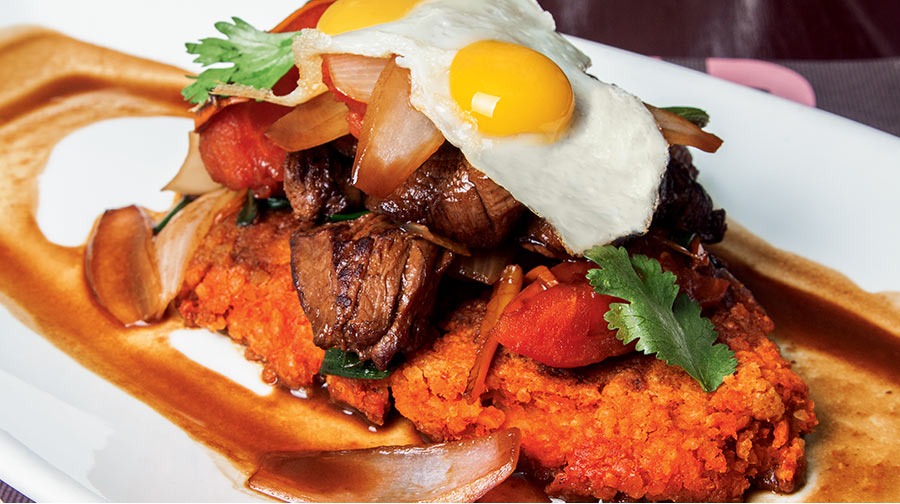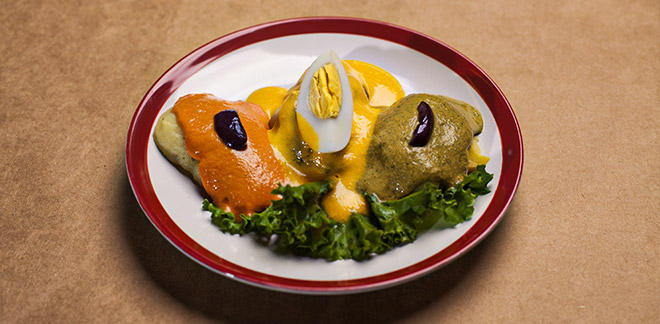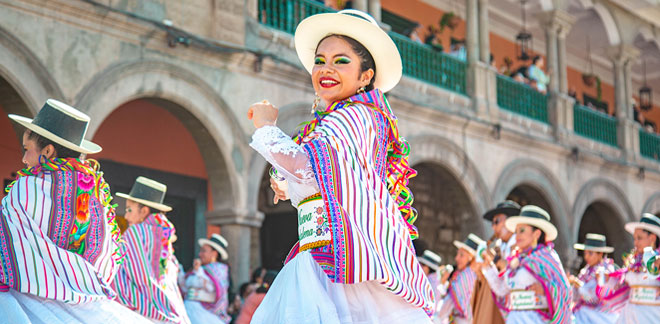A mixture of Peruvian and African flavors: the history of Tacu Tacu
Síguenos en:Google News
A humble combination of rice and beans is actually a hearty and tasty dish with centuries of history.
The dilemma is shared at all tables in the country: what do we do with yesterday's beans and rice? The creativity of the Peruvian gastronomy has the answer: a tacu tacu. The dish consists of a mixture of cooked rice, a stew (usually beans) and a sauce based on yellow pepper, all prepared in a pan to form a homogeneous mass. In the end, a crispy finish adds texture to the preparation and enhances its flavor.
While it may sound like a very simple dish, its history goes back centuries. According to the researcher Jorge Yeshayahu, the tacu tacu was born in the colonial era, as a fusion between Peruvian cuisine and the gastronomy brought by the slaves who lived on the coastal farms. “The leftover food was taken by the slaves and with it comes the tacu tacu, in the valleys of Chincha and Cañete. Later, with internal migrations, it spreads to the rest of the coast”, explains the specialist.
Its preparation is not very complex and also gives the cook great freedom. We can find tacu tacu of beans, lima beans, lentils, or any other stew. While the usual accompaniment is beef and a mounted fried egg, there are also varieties of seafood, pork, chicken, or even vegetarian versions.
For her part, in her book Vocabulario de la cocina limeña (Vocabulary of the Lima Cuisine), Aida Tam Fox affirms that tacu tacu comes etymologically from the Quechua language and means “crushed crushed”. The researcher details that this name is justified "because the beaten beans and rice form a kind of dough".
For his part, Yeshayahu provides a different explanation for the name of the dish, as he relates it to the language of the African populations that created the pottage in Peruvian lands. “The word tacu-tacu arises as an Afro-Peruvianism of the time among the Swahili words in the coastal plantations. The word taka is a Swahili expression that means 'food'. However, expressions like this were prohibited by the Inquisition of Lima. For this reason, possibly, it was affirmed as an Afro-Peruvianism in the expression tacu. It is evident that this dish has its origins and heritage in the culture of the African diaspora in the valleys of Chincha and Cañete in southern Peru ”, affirms Yeshayahu.
The tacu tacu belongs to what today we know as trash cooking. This trend, current and applied in the great restaurants of the world, seeks to make the most of each ingredient, avoiding above all the waste of inputs. The trash cooking is part of the initiatives that exist at a global level to combat hunger. However, while this is a contemporary concept, it uses the same ancient wisdom that our ancestors already had: with a little creativity, you can save, eat tasty, and feed everyone.









